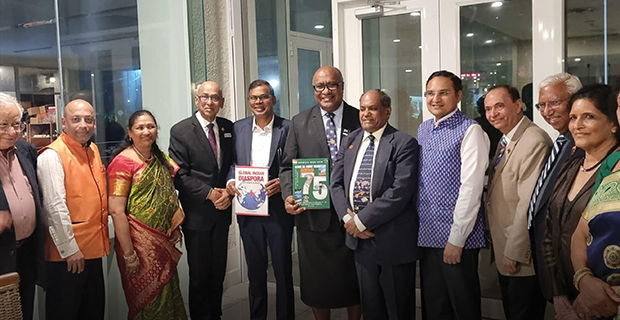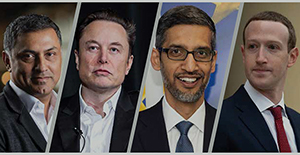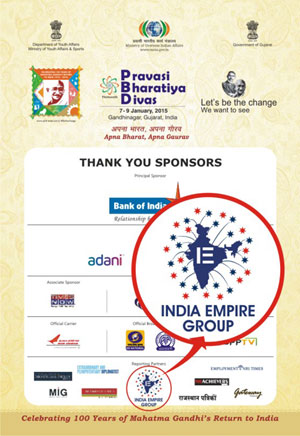FORGING A HIGH-INCOME FUTURE
Two books produced by India Empire (one on GOPIO authored by Sayantan Chakravarty and another one on the Indian Community in Los Angeles) presented to Fijian Deputy Prime Minister Hon. Biman Prasad (4th from left) and Fijian Deputy PM Hon. Manoa Kamikamica (5th from left) by the GOPIO International team in Fiji in March 2025. Also in the picture is Indian High Commissioner H.E. Suneet Mehta (7th from left). The GOPIO International team was led by its Chairman Dr Thomas Abraham (6th from left) and included President Mr Prakash Shah (8th from left), Executive Vice President Mr Umesh Chandra (3rd from left), Vice President Mr Kewal Kanda (9th from left), General Secretary Mr Siddharth Jain (1st from left) and Ms Vasu Pawar (extreme right).
India and Fiji share a relationship anchored as much in history as in contemporary aspirations. The roots of this bond go back to the 19th century, when thousands of Indians were taken to Fiji as indentured labourers—known as girmitiyas—under the British colonial system. Between 1879 and 1916, more than 60,000 men and women were transported to work in Fiji’s sugarcane plantations. Despite the hardships and exploitation they endured, the girmitiyas laid the foundation for a resilient Indo-Fijian community that has since grown to become an integral part of Fiji’s national identity. Their descendants, who now form a significant share of Fiji’s population, have contributed richly to the country’s economy, politics, education, and cultural life.
Independent India has consistently acknowledged this legacy. From the commemoration of Girmit Day to regular cultural and academic exchanges, New Delhi has emphasised the shared heritage that binds the two nations. Fiji, in turn, has embraced this bond, seeing in India not only the land of origin for its large diaspora but also a strategic partner in development. The presence of a vibrant Indian cultural ethos—through language, religion, festivals, and cuisine—continues to serve as a living bridge between the peoples of the two countries.
On the diplomatic front, India and Fiji established full relations in 1970, soon after Fiji’s independence. Since then, ties have grown across multiple dimensions. India has extended development assistance, scholarships, and capacity-building programmes under the ITEC and ICCR frameworks. It has also partnered with Fiji in healthcare, climate resilience, renewable energy, and digital transformation. For Fiji, India represents a natural ally within the Global South and a partner that respects its sovereignty while supporting its aspirations.
High-level political engagement has further energised this partnership. Prime Minister Narendra Modi visited Fiji in November 2014, the first Indian Prime Minister to do so in over three decades, signalling a renewed focus on the Pacific Islands. More recently, Prime Minister Sitiveni Rabuka’s visit to India in August 2025 underscored Fiji’s intent to deepen cooperation in trade, development, and people-to-people exchanges.
In recent years, this cooperation has taken on new momentum. As Fiji charts its 2050 vision to emerge as a high-income nation, India’s role in investment, technology transfer, and people-to-people engagement is poised to deepen further. It is against this backdrop of history, shared culture, and forward-looking partnership that Prof. Biman Prasad outlines his vision for the next chapter in Indo-Fijian relations.











Comments.